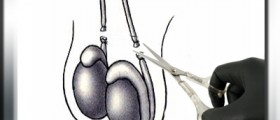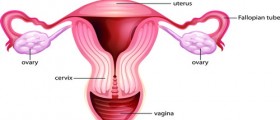
When deciding whether to carry out a vasectomy reversal, your chosen doctor first needs to assess your physical condition, the time that has passed since your vasectomy, and sometimes a testicular biopsy. During this procedure, sperm is extracted from the testicles to see whether a vasectomy reversal, if done successfully, would in fact enable the man to get his partner pregnant. Men who already have older children usually skip this step. Vasectomy reversal may or may not be covered by insurance, so checking this in advance is advisable. Keep in mind that it matters who the doctor doing the vasectomy reversal is. Doctors who have high reversal success rates obviously offer you a better statistical chance of having a successful reversal yourself. Those who carry out many vasectomy reversals and are experienced should be preferred over those just starting out.
Vasectomy reversal can be done under general anesthesia, or different types of local anesthesia. It is usually an out-patient procedure that does not require you to stay overnight. The doctor will make a small incision in the under side of the scrotum in order to gain access to the vas deferens, and try to reconnect them. After the surgery, you will need to take it easy for a while refrain from strenuous physical activity, sex, and you will need to wear a jockstrap for a few weeks.
Although a vasectomy reversal is essentially surgery to undo earlier surgery, the same risks are involved with a reversal as with similar minor surgical procedures. They include infection at the surgical site, internal bleeding and hematoma within the scrotum, fluid build-up, pain, and sperm leaking into the scrotum, sometimes causing swelling. If you have a fever after a vasectomy reversal, painful swelling that will not go down, painful urination, a lump in your scrotum, or continued bleeding, it is time to call your doctor. You might also be interested in reading about vasectomy pros and cons and how do you know you don't want any more children?

















Your thoughts on this
Loading...